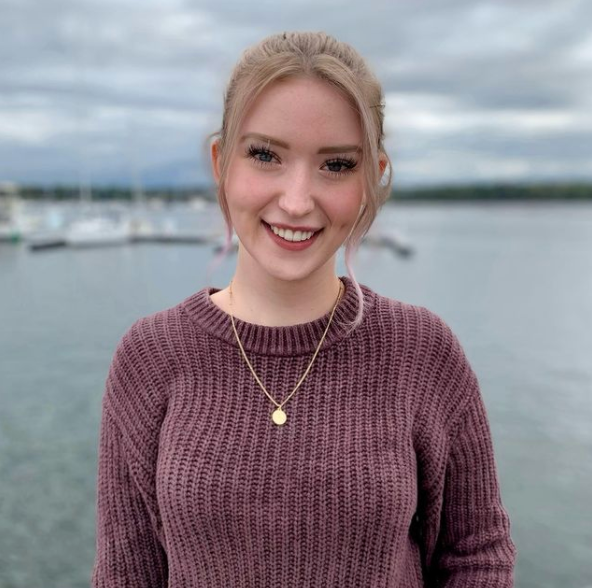Esri Canada congratulates McRaster, the 1st Runner-Up of the App Challenge 2021!
App: Equapolis: A Tracker for Exposure and Awareness of Inequity in Toronto
Hosted on GitHub:
-
Main website: https://esricanada-ce.github.io/ecce-app-challenge-2021/McRaster/app/
-
Main app: https://esricanada-ce.github.io/ecce-app-challenge-2021/McRaster/app/wab_app/
Hosted in GitHub (external repo):
- Main website: https://oliviamadd.github.io/Equapolis/
Hosted in ArcGIS Online:
- Main app: https://mcmaster.maps.arcgis.com/apps/webappviewer/index.html?id=473d9d2cd3d24b729e5e08ec1abff11a
Mission statement
Toronto is Canada’s largest city and serves as the capital of Ontario. This Canadian metropolis contains a population of over 2.9 million throughout its 140 neighbourhoods covering an area of 630.2 km2. Toronto represents Canada as a diverse world leader that roots for culture and ethnicity[11], however; the city has failed to take accountability regarding issues of neighbourhood equality. The city of Toronto specifically has come under fire for having high levels of disparity in quality of life between primarily white neighbourhoods and neighbourhoods where primarily visible minorities reside[2]. The 2019 Vital Signs of Toronto report confirmed that Toronto neighbourhoods are racially segregated, with the highest concentration of visible minorities living in the lowest-income neighbourhoods[10]. The reason for these disparities is a positive feedback loop of systemic racism. A single act of discrimination - whether it be someone failing to attain a job, a loan, or housing - can have a significant ripple effect, which affects the socioeconomic status of visible minorities to a great extent. This issue needs to be exposed and addressed, which is what Equapolis aims to do.
It is 2021 and now more than ever, the federal, provincial, and municipal governments of Canada are facing scrutiny for institutional racism as outdated policies have negatively affected marginalized communities. From more well-known examples such as rural Indigenous communities going without clean water to more obscure but equally harmful examples such as black Torontonians being 20 times more likely to be shot by police than their white counterparts[8], it is clear that systemic racism is a problem here in Canada, no matter how “nice” our international reputation may be. Another result of inequity found within the population would be food insecurity. It affects almost 1 in 5 Toronto households. This is largely a byproduct of inequity among neighbourhoods. Essentially, the worse a family’s socioeconomic status is, the more likely they are to be severely food insecure, and in Toronto, these families happen to disproportionately be visible minorities. A lack of access to and awareness of food bank programs in Toronto have reduced the efficacy of community support efforts for those facing food insecurity. Equapolis considers these factors and makes food bank searching simple by providing the option to locate nearby local food banks[5]. This tool also provides information on areas where community support may be lacking.
Our app aims to expose disparities between neighbourhoods in Toronto by creating a Neighbourhood Inequity Index (NEI) so that residents can see exactly what is happening in their own backyard. It aids in providing a broad quantitative assessment of wellbeing across the 140 neighbourhoods in Toronto [3]. It is a toolset to support the advancements of equity solutions. Our team believes that the term equity means ensuring both the wellbeing of individuals and communities, as well as moving towards closing racial gaps. By displaying the NEI on our application, we provide a snapshot into the state of each community and wellbeing of residents[1]. This must not be mistaken as an indicator of service inputs or population groups, rather the index is based on overall neighbourhood outcomes[3]. The purpose is to support community resilience in overcoming disparity among the overall population. We are aiming to reduce inequality by first exposing primarily racially-based inequality in Toronto[4]. We have created an app where users can see neighbourhood-based data pertaining to the quality of life of residents, and compare it to other datasets such as the concentration of visible minorities. Moreover, useful and critical information on food bank locations can be found in the app. Users can effectively use the app to identify disparity between neighbourhoods, in order to fully understand racial inequality and move towards addressing these issues in the community. Food insecurity, neighbourhood disparities, and racial inequity are intertwined and complicated issues. We hope for a city in the near future where everyone is equal - an Equapolis.
Video Presentation
Documentation
Team Members
 Madinakhon (Madina) Sulaymonova: I am currently an ECCE Student Associate and in my third year of Honours Environmental Sciences Co-op. I am on a track to attain a Certified GIS Professional (GISP) accreditation, by which I plan on carrying out my interest in GIS with my passion in epidemiology. My hobbies include HIIT workouts, playing APEX Legends, and spending time with my two year old hamster. Mom of two plants.
Madinakhon (Madina) Sulaymonova: I am currently an ECCE Student Associate and in my third year of Honours Environmental Sciences Co-op. I am on a track to attain a Certified GIS Professional (GISP) accreditation, by which I plan on carrying out my interest in GIS with my passion in epidemiology. My hobbies include HIIT workouts, playing APEX Legends, and spending time with my two year old hamster. Mom of two plants.
 Angelina Abi Daoud: I am a fourth year Earth and Environmental Science student, also pursuing a Certificate of Geographic Information Science. I am starting my Master’s of Sedimentology in the Fall and hope to incorporate GIS into my research on coastal systems. My interests include owning way too many plants, raising way too many hamsters, and hiking.
Angelina Abi Daoud: I am a fourth year Earth and Environmental Science student, also pursuing a Certificate of Geographic Information Science. I am starting my Master’s of Sedimentology in the Fall and hope to incorporate GIS into my research on coastal systems. My interests include owning way too many plants, raising way too many hamsters, and hiking.
 Olivia Maddigan: I am a third year Geography and Environmental Sciences student currently in co-op, working as a GIS Technician. I am extremely passionate about using technology to help better our environment and hope to use this challenge as an opportunity to pursue that. My hobbies include reading obscure Wikipedia pages, shooting hoops, and playing with my 3 month old kitten.
Olivia Maddigan: I am a third year Geography and Environmental Sciences student currently in co-op, working as a GIS Technician. I am extremely passionate about using technology to help better our environment and hope to use this challenge as an opportunity to pursue that. My hobbies include reading obscure Wikipedia pages, shooting hoops, and playing with my 3 month old kitten.